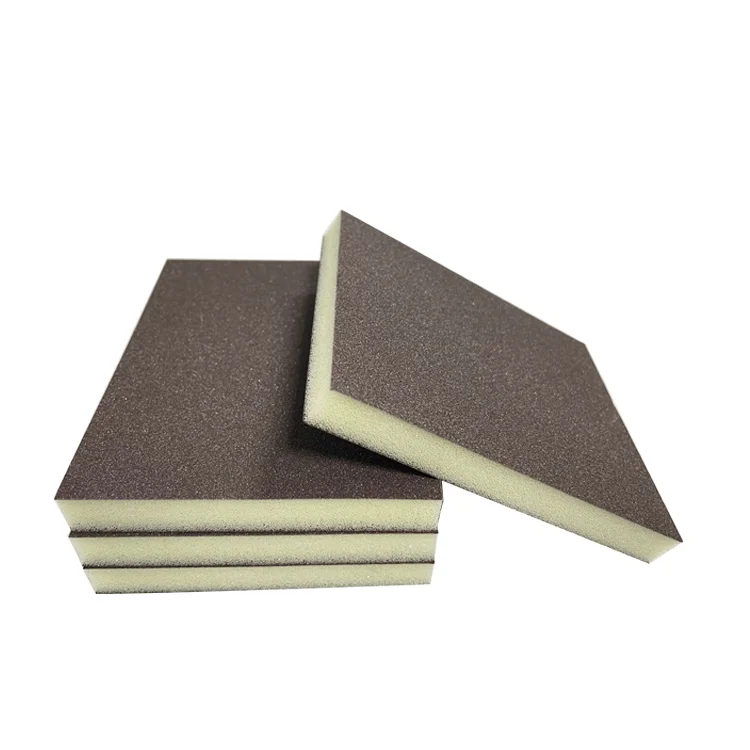In the ever-evolving landscape of construction, the demand for durable and resilient materials has never been more critical. As architects and builders strive to create structures that withstand the test of time, the importance of waterproof construction materials cannot be overstated. This article delves into the various types of waterproof materials available, their applications, and the innovative technologies that enhance their performance, ensuring that your next project stands strong against the elements.
Understanding Waterproofing in Construction
Waterproofing is a crucial aspect of construction that involves making a structure impervious to water. This is particularly important in areas prone to heavy rainfall, flooding, or high humidity. The choice of waterproof materials can significantly impact the longevity and integrity of a building.
Types of Waterproof Construction Materials
- Concrete and Cementitious Products
- Waterproof Concrete: This specialized concrete mix incorporates additives that reduce permeability, making it ideal for foundations, basements, and water-retaining structures. The use of superplasticizers and hydrophobic agents can enhance its waterproofing capabilities.
- Cementitious Waterproofing: This method involves applying a cement-based coating that forms a waterproof barrier. It is commonly used in swimming pools, terraces, and bathrooms.
- Membrane Systems
- Bituminous Membranes: These are asphalt-based sheets that provide excellent waterproofing for roofs and below-grade applications. They are available in self-adhesive or torch-applied varieties, offering flexibility and durability.
- Polyurethane and PVC Membranes: These synthetic membranes are highly effective in waterproofing flat roofs and balconies. Their flexibility allows them to accommodate building movements without compromising their integrity.
- Sealants and Coatings
- Silicone Sealants: Known for their elasticity and durability, silicone sealants are used to fill joints and gaps in various construction elements, providing a waterproof seal that can withstand temperature fluctuations.
- Liquid Waterproofing Membranes: These coatings are applied directly to surfaces and cure to form a seamless, waterproof layer. They are particularly useful for irregular surfaces and complex geometries.
- Natural Materials
- Wood Treatments: While wood is inherently susceptible to water damage, treatments such as pressure impregnation with preservatives can enhance its resistance to moisture. This is crucial for outdoor structures like decks and pergolas.
- Stone and Brick: Natural stone and brick can be treated with water-repellent coatings to improve their resistance to moisture penetration, making them suitable for facades and landscaping.
Innovative Technologies in Waterproofing
The construction industry is witnessing a surge in innovative technologies that enhance the performance of waterproof materials.
- Nanotechnology: The application of nanotechnology in waterproofing materials has led to the development of superhydrophobic surfaces that repel water at a molecular level. These surfaces not only prevent water ingress but also reduce the accumulation of dirt and grime, prolonging the lifespan of the material.
- Smart Materials: Emerging smart materials can respond to environmental changes. For instance, some materials can expand when exposed to moisture, sealing gaps and preventing leaks. This adaptability is particularly beneficial in regions with fluctuating weather conditions.
Selecting the Right Waterproof Material
Choosing the appropriate waterproof material for your construction project requires careful consideration of several factors:
- Environmental Conditions: Assess the local climate and potential water exposure. Areas prone to flooding or heavy rainfall may require more robust waterproofing solutions.
- Building Design: The architectural design and intended use of the structure will influence material selection. For example, a commercial building may require different waterproofing solutions compared to a residential home.
- Budget Constraints: While high-performance materials may come at a premium, investing in quality waterproofing can save significant costs in repairs and maintenance in the long run.
Conclusion
In conclusion, the selection of waterproof construction materials is a critical component of modern architecture and construction. With a variety of options ranging from advanced synthetic membranes to natural materials, builders and architects have the tools to create resilient structures that can withstand the challenges posed by water. By understanding the properties and applications of these materials, professionals can make informed decisions that enhance the durability and longevity of their projects. As technology continues to advance, the future of waterproofing in construction looks promising, paving the way for innovative solutions that meet the demands of a changing environment.

